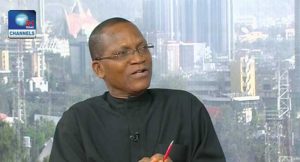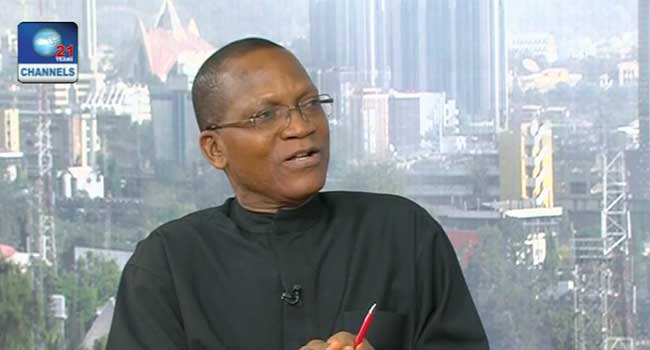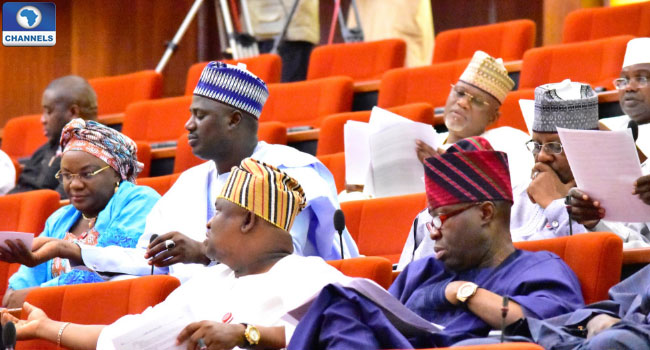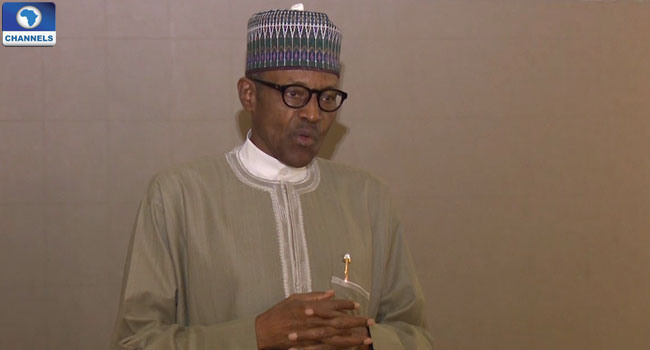
Speaking on Channels Television, Dr. Nwankwo explained that there are major benefits of the external borrowing plan of the federal government.
He stated that the loan, if approved by the National Assembly, will bridge the infrastructure deficit in the country.
“The external borrowing programme which Mr President has placed before the National Assembly for approval covering three years is for the federation. It covers projects in all the states.
“As you know in Nigeria, there is no physical geographical location known as the federal government. So all the railways, rural water projects, education, health and road projects are in one state or the other”.
He added that Nigerians need to understand the importance of borrowing programme before the National Assembly as presented by the President, as it is for everybody.
‘No Ambiguity’
Dr Nwankwo further said that there had been an erroneous publication in the dailies regarding the DMO’s position on the loan and the office has been making efforts to correct the wrong impression.
The Debt Management Office had fixed the maximum limit for the federal government’s domestic and external borrowing at 22.08 billion dollars for the 2017 fiscal year.
Nwanwko said that this does not negate the government’s plan to borrow about 30 billion dollars since this is a medium term external borrowing plan that spread across three years – 2016 to 2018.
“So on the average you are talking of about 10 billion dollars per annum. So that is settled,” he said, insisting that there is no ambiguity in the matter.
“If you advise government to borrow a maximum of 22 billion dollars for one year and we have a medium term borrowing programme for 29.9 for three years, it has no contradiction.
“The 10 billion per annum that comes from 29.9 for three years is much below the 22 billion maximum for one year. So that should be very clear, there is no ambiguity.”
The fixing of the 22.08 debt limit is part of policy recommendations of the Debt Management Office contained in its 2016 report of the annual national debt sustainability analysis.
According to the management office, new domestic borrowing has been pegged at 5.52 billion dollars, while new external borrowing is put at 16.56 billion for 2017.
The report explains that, the present value of ‘total public debt to GDP’ ratio for 2016 for the federal government is projected at 13.5 percent with an available borrowing space of 5.89 percent of the estimated GDP of 374.95 billion dollars for 2017.
The management office also recommended that government should explore other alternative and viable sources of financing for the country’s huge infrastructure requirements.




